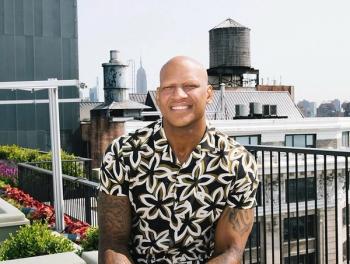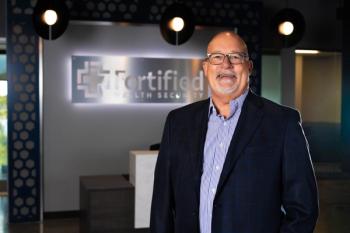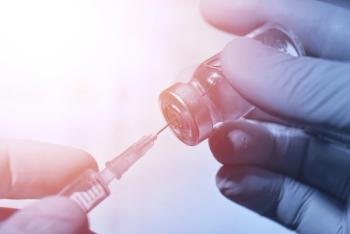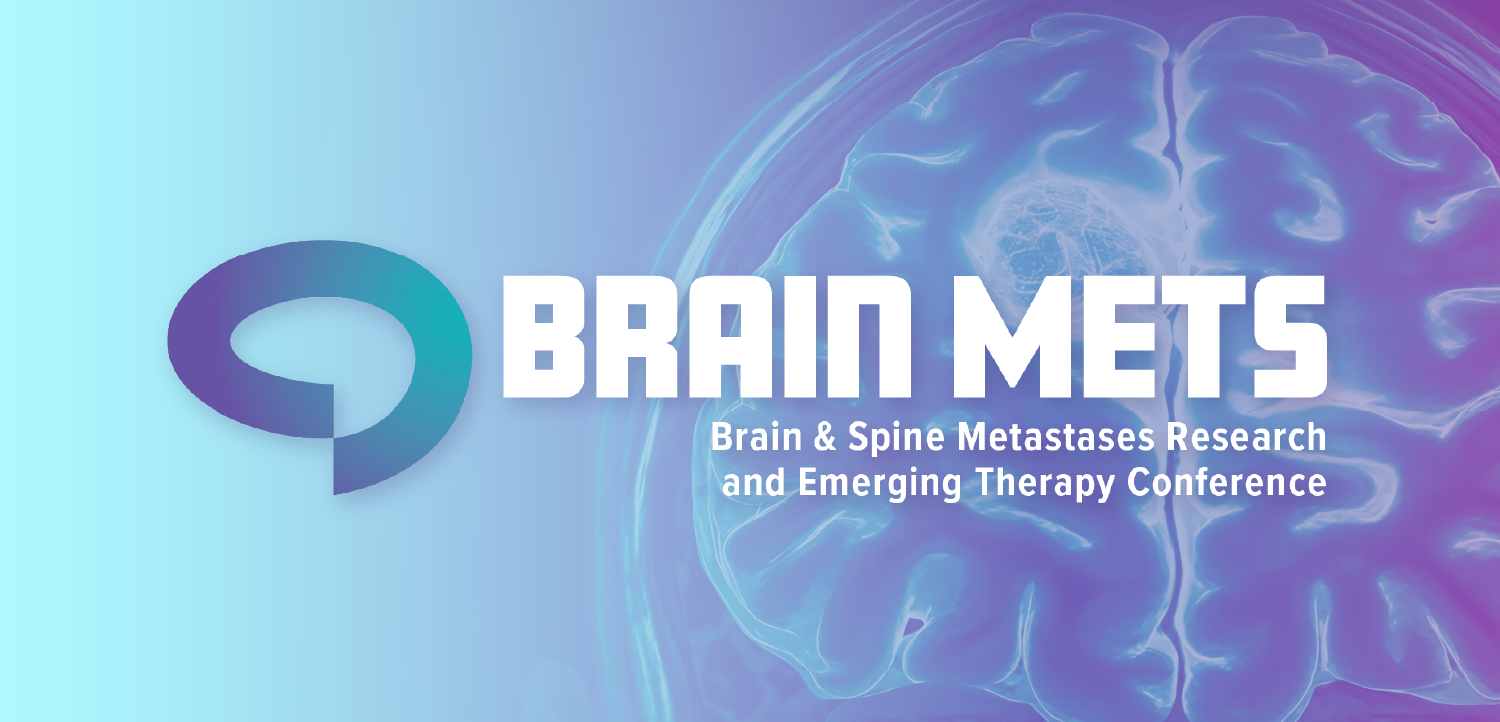
University of Miami Health System’s new CEO keeps focus on patients
Dr. Dipen Parekh talks about his journey, his goals for the health system, and meeting the challenges facing academic medical centers.
Even as he has taken on new leadership roles within the University of Miami Health System,
A leading urologic oncologist, Parekh plans to continue to see patients as he tackles his biggest role yet as the new chief executive officer of UHealth. He also is the executive vice president of health affairs for the University of Miami.
“The reason I'm in the role is because I see patients,” Parekh tells Chief Healthcare Executive®. “That's the way I look at it.”
Parekh, who grew up in India, says his “absolute north star” has been to be a leader and innovator, and to do right by his patients.
“It really centers me around what's really most important in health care, which is the patient,” he says. “It starts with the patient, it ends with the patient. And if we really keep the patient in the center of all that we do, I think more often than not, we'll end up doing the right thing.”
Parekh had served as the chief operating officer of the health system for the past five years before being named CEO earlier this month.
In an interview with Chief Healthcare Executive® this week, Parekh talks about his goals of building on the strides UHealth has made in recent years, and the challenges facing academic medical centers at a time of cuts in federal funding. He also talks about ensuring the health system is a top place to work and improving patient care.
Parekh makes it clear he relishes his new position.
“Just the opportunity to serve this incredible organization of 20,000 people, in such a magical community, in perhaps the most relevant city in the world today, and just the opportunity to serve and make a difference, is something that really, really keeps me alive and humming and kicking,” he says.
(See part of our conversation in this video. The story continues below.)
‘Continue our intensity’
Parekh says he feels “a great honor and a great responsibility” in leading UHealth.
Over the past several years, Parekh has worked closely with Joseph J. Echevarria, the president and CEO of the University of Miami. Parekh calls it a "terrific partnership.”
“I would say a lot of what we will be doing in the immediate future will be just a continuation of the trajectory and the journey that we have collectively embarked upon,” he says.
In announcing the new CEO earlier this month, Echevarria said Parekh has played a crucial role in UHealth’s emergence as one of the nation’s top academic medical centers.
“He understands the mission—from the operating room to the classroom to the boardroom—and he embodies the excellence we strive to deliver for our patients, students, and community,” Echevarria said in a statement.
Parekh says he won’t employ a top-down driven approach, but aims to ensure that the organization moves in the right direction. He says he’s surrounded by people who excel in clinical care, research, education, and “a crack administrative team.”
“The major part of my focus will be to make sure that we continue our intensity and focus towards that journey,” he says.
Parekh also says he’s looking to leverage
He also says he wants UHealth to be “the employer of choice” for everyone who wants to treat patients or engage in research. Parekh says the university has advantages in attracting talent, since many young professionals want to live in Miami and South Florida.
But he says the health system’s growing reputation is also making it easier to recruit and retain top talent.
“Given the fact that our health system has done increasingly well in terms of improving our game in patient safety, quality, patient satisfaction, very stable leadership, very strong financial outcomes, people know that we are in a position of strength, and that also attracts a group of people to come,” he says.
Challenges of academic medical centers
Academic medical centers are facing
The National Institutes of Health, the leading source of federal funds for medical research,
President Trump’s administration has also proposed
The University of Miami has felt the impact of cuts in research, but Parekh says scientists who have seen grants terminated have had other sources of funding. Unlike other academic medical centers, the university hasn’t had to dismiss any staff.
“We have not laid off one single person, and not let go of one single person up until now, and we hope that that will be the case in the future,” Parekh says.
Parekh says he’s paying attention to what’s happening in Washington, but he says he doesn't want to get caught up in issues beyond his control.
“There are things that you control and there are things that you cannot control,” he says. “And so we really focus on all the things that we can control. We are very alert in terms of what's going on in the external environment, whether it is the research funding or whether it is reimbursement or on the clinical side, but we are also very nimble in terms of making sure that … we adapt to the requirements of these funding agencies.”
The university is engaging in plenty of research that meshes with the Trump administration’s
“These are very, very relevant conditions that we should be focusing on,” he says. “So we'll adapt in terms of our research portfolio geared towards these areas and do our very best to strike it in the right way.”
‘The realms of possibility’
Parekh, who has performed more than 6,000 robotic urologic cancer surgeries, says he’s astonished at the advances in treating patients.
“If someone told me 20 years back that you would be doing all this, I would have not believed it at all,” he says. “So I think the past two decades have been spectacular in terms of a lot of advances, not just in technology, but in new molecules and new drugs and new therapies.”
When he was training, Parekh says many patients diagnosed with urologic cancer were only expected to live for another year or two. Today, they are regularly living for 10 or 15 years, or longer, he says.
“That's just been remarkable to see the realms of possibility, and how one can improve the health care in human beings,” he says.
Just as he plans to keep treating patients, Parekh also will continue to engage in academic research. He has written more or contributed to more than 200 peer-reviewed publications. As his responsibilities have grown, he says he’s been developing ideas and enlisting the assistance of younger faculty and trainees.
“I hand over those ideas to them and then help them execute on the ideas,” he says. “Because to me, it's less important about who takes the credit, but it's more important to execute on a great idea to help our patients.”






































